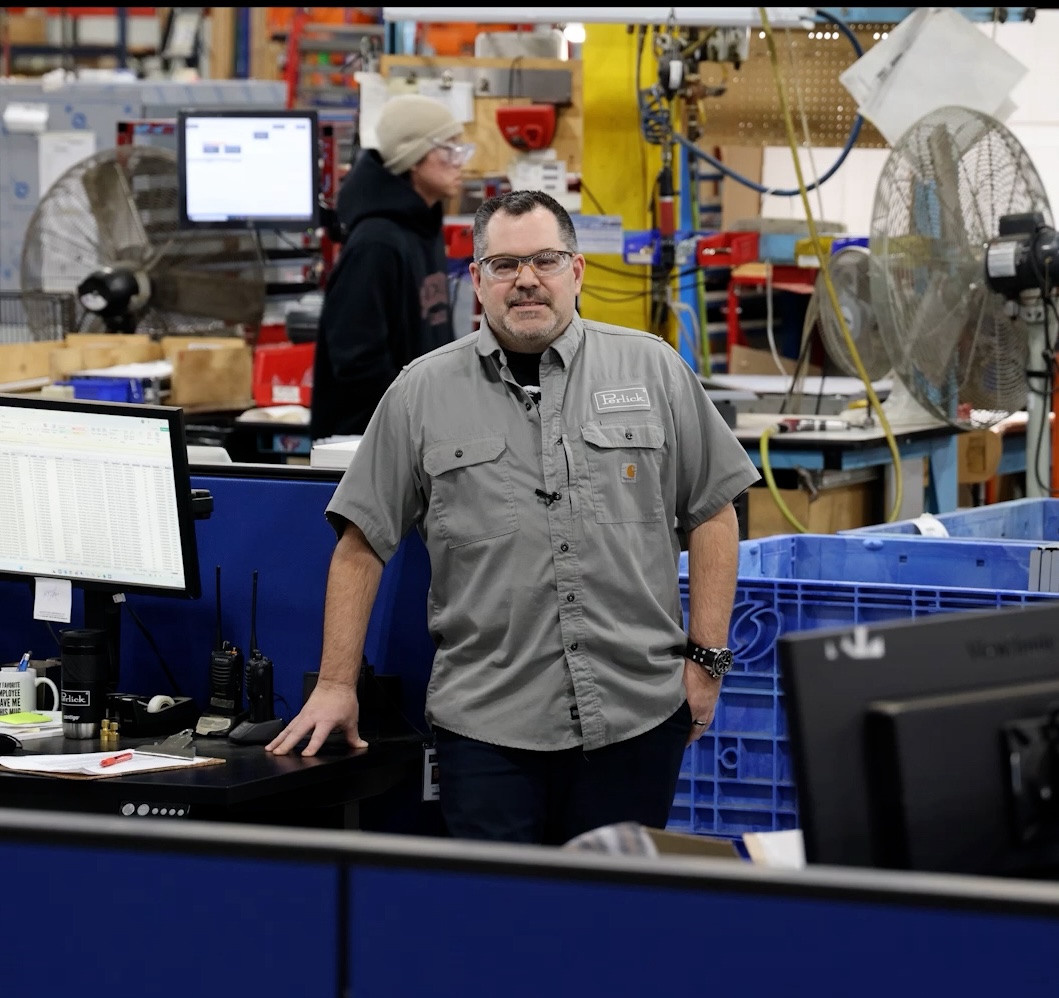One of the biggest revenue makers for sports venues and stadiums is food and beverage, but unless you take a deeper dig into the statistics, you might not realize how important those sales really are.
According to a report from oBizMedia, two thirds or more of a facility's total concessions come from food and drink like hot dogs, cracker jacks, and other ballpark F&B staples. Drinks have the highest profit margins, often in excess of 90 percent. In terms of food, snow cones provide the highest margins at upwards of 95 percent with nachos accounting for 47 to 64 percent margins.
Revenue management in sports stadiums is serious business, and because sports seasons will often leave a facility vacant for much of the year, it's important to maximize that revenue potential when the facility is in use. For example, a Major League Baseball stadium hosts a game 81 times during the regular season. This is a utilization rate of only 22 percent.
When you consider that Plunkett Research estimated the size of the entire sports industry at nearing $500 billion in 2015, it's no wonder there are deals for all aspects of concessions, from vending and suites to clubs and restaurants. And whether you're eating a lobster roll at Fenway or are washing down a bratwurst with a brewski at Miller Park, those revenues are divided into many different pockets.
How important are designs and foodservice equipment in food and beverage delivery at stadiums?
Very important. In fact, having the right equipment can help increase profitability on the items mentioned above. Consider beer systems. When you're running beer a hundred yards from the keg to the tap, that beer must remain at the right temperature. If it doesn't, stadium concessionaires will literally pour profits down the drain in the form of foam.
The same can be said for just about any high volume operation. Take a look at some great examples and best practices of large volume beer service by looking at the Perlick Guide to Large Venue Bar and Beverage Systems.










